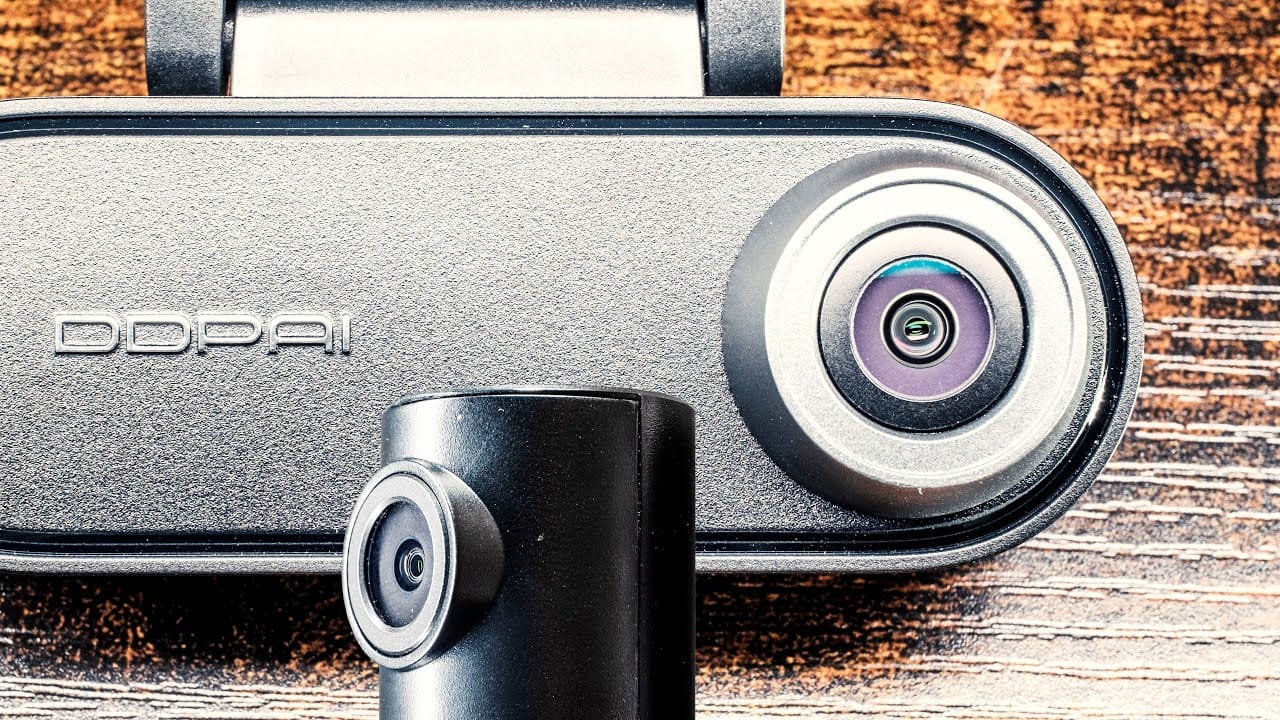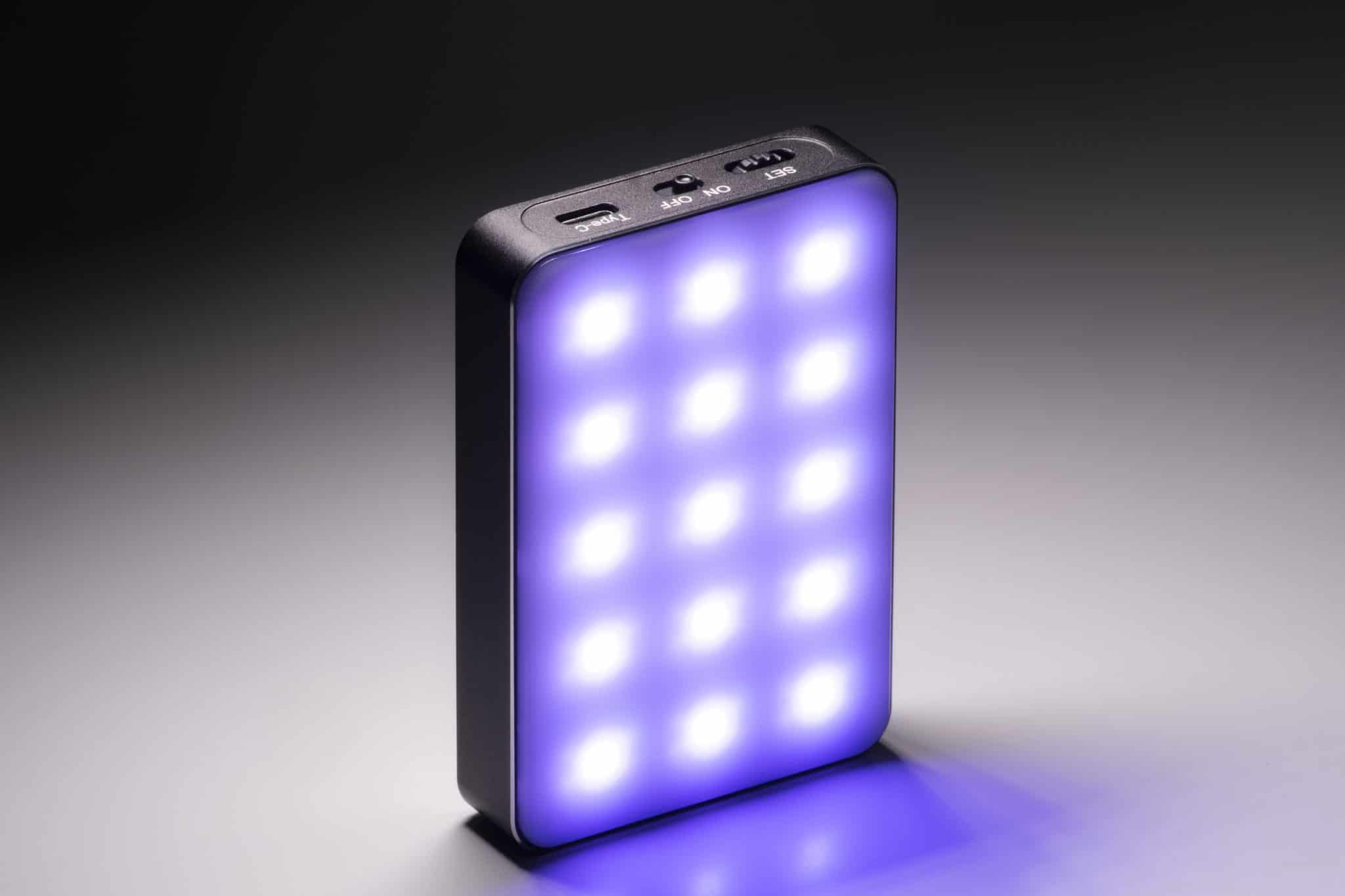We often get asked about which filmmaking gear is necessary and versatile at the same time. Besides a basic tripod and monopod there are a few tools that can help a filmmaker to capture amazing tracking shots. There is obviously not one right tool because what’s needed always depends on the project. We made an overview video in which we feature three essential pieces of gear: A three-axis hand-held gimbal, a slider and a jib (camera crane).
You can watch the video “Most versatile filmmaking tool?” in 4K (actually Ultra HD) below:
3-axis hand-held gimbals are booming right now – for a good reason. They are the electronic version of the steadycam, stabilizing hand-held shots especially while the camera man is walking or even running. Gimbals are very versatile because they don’t have many limitations when it comes to moving shots and what’s also a reason that almost everyone wants to have one is the fact that they are becoming more and more affordable.
Below is video featuring footage captured with a 3-axis hand-held camera stabilizer.
Are sliders still necessary with all these cool new gimbals around? Yes, because they can be used for shots where gimbals would most certainly fail. Especially telephoto close up shots of objects or scenes that need to be captured very slowly with steady movement. But sliders are also useful when it comes to capturing vertical shots and of course push and pulls. Besides that sliders are still the best tool to capture moving timelapses. For travelling sliders can be a good companion because lately most manufacturers have focused on delivering small, short and lightweight models that easily fit in a backpack. Even though the idea of having a tiny slider may sound intriguing always remember that the shorter a slider is the less it actually does what it should do – slide. We have long and short sliders but we prefer using the ones that are longer than 60cm (2 ft.) because the effect is just much more impressive. So before buying a slider ask yourself how often you actually need to put it in a backpack and then decide whether you need the short one or rather a long one.
Every time we work with a jib we are amazed by the outcome and the great footage that can be captured using it. But we don’t often use jibs because as I said in the video they are most useful for establishing shots and overhead shots and we just don’t need that on every project. Another reason to think twice before using it is the size, weight and the time to set it up. For example the Konova Sun Jib that we used in the video has a maximum length of 112cm (3.7 ft.) which is very short for a camera crane. But if you compare it to a compact slider or a single hand-held gimbal it’s pretty big and heavy. So is it even worth getting a jib? The answer is pretty simple. If you need it more than once a month it’s a good investment otherwise you could just rent one.
The previous jibs we used were much bigger and had way more parts which resulted in spending a lot of time just setting them up. Once the shot was captured the jibs needed to be re-assembled just to be set up at a different place even if it wasn’t far from the first location but it’s nearly impossible to carry a 4m long jib by hand even if three or more people are involved. The Sun Jib is clearly designed for small or even one man crews that need to be quick in setting up and capturing a scene.
Gear we used for the production of this video:
3-axis gimbal: Zhiyun Crane
Jib/camera crane: Konova Sun Jib
Long slider: Konova K5
Small slider: Polly Slider
Main camera: Sony A7S II
Small camera: Panasonic LX100
Additional camera: Panasonic GH4
Written by Moritz Janisch

